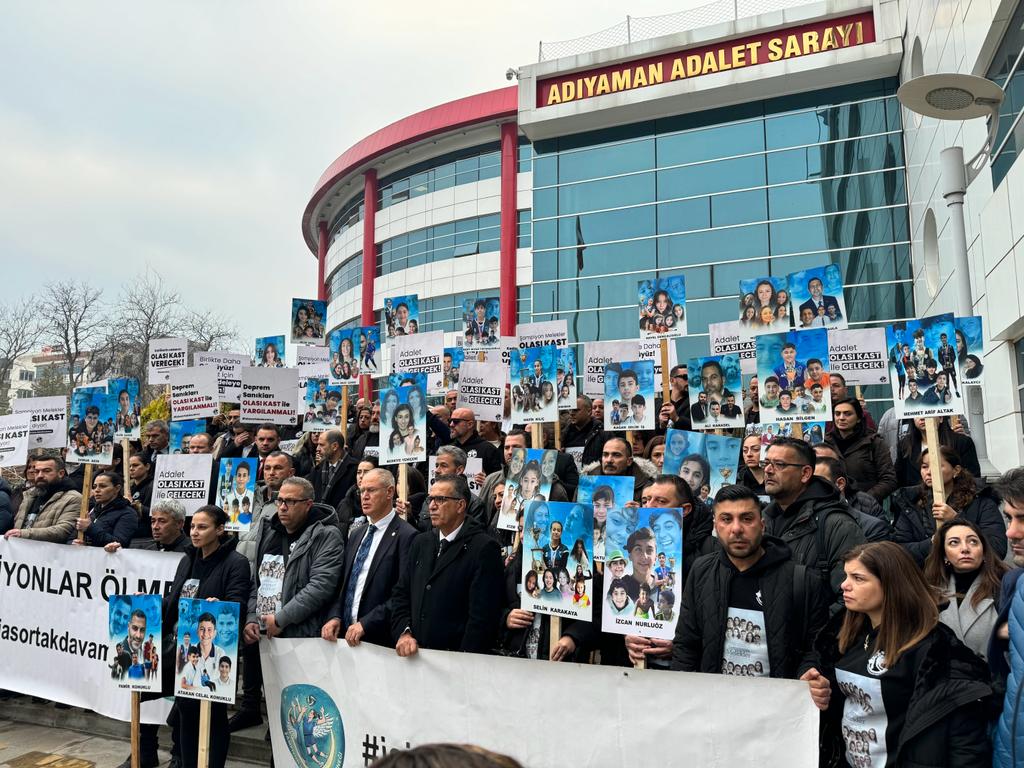
The trial of 11 suspects held responsible for the deaths of 24 Turkish Cypriot children and 11 of their teachers and coaches when a hotel they were staying in collapsed began on Wednesday.
The Isias hotel in the Turkish city of Adıyaman collapsed on February 6 last year during the earthquakes which hit the region.
The Turkish Cypriots made up the Gazimağusa Turk Maarif College (TMK) school volleyball team and were in Adıyaman for a tournament.
Following their deaths, the team received the nickname “champion angels”.
A total of 11 people stand accused of “causing death by conscious negligence” at Adiyaman’s third High criminal court, and, if found guilty, could face a maximum of 22 and a half years in prison.
The trial began at 8am Cyprus time, with the 11 defendants identified via video link to the courtroom.
The hearing began with prosecuting lawyer Cetin Arslan demanding the witnesses be present in court and said there were “problems” with questioning defendants via a video conference.
The first statement was then made by Ahmet Bozkurt, the owner of the Isias hotel followed by the hotel’s architect Erdem Yılmaz.
Both denied the charges brought against them.
The first hearings of the trial will continue until Friday and the next hearings will most likely take place on February 6, the date of the earthquake.
The large contigent which has travelled to Adıyaman to watch the trial includes Prime Minister Ünal Üstel, Interior Minister Dursun Oğuz, National Education Minister Nazım Çavuşoğlu, the Minister of Agriculture and Natural Resources Hüseyin Çavuş, the UBP General Secretary and head of the Parliamentary Research Commission Oğuzhan Hasipoğlu, the leader of the main opposition Republican Turkish Party (CTP) Tufan Erhürman, the General Secretary of the Rebirth Party Talip Atalay, the leader of the People’s Party Kudret Özersay, the Mayor of Lefkoşa Mehmet Harmancı, lawyers, architects and civil engineers, MPs and reporters.
Reports into the Isias hotel’s structure showed that supporting columns at the hotel had been cut, and that sand and gravel from a river had been used in its construction.
In addition, it was reported that that an entire extra floor had been illegally built on top of the already compromised structure in 2016.
The floor was subsequently legalised during a “zoning amnesty” in 2018.